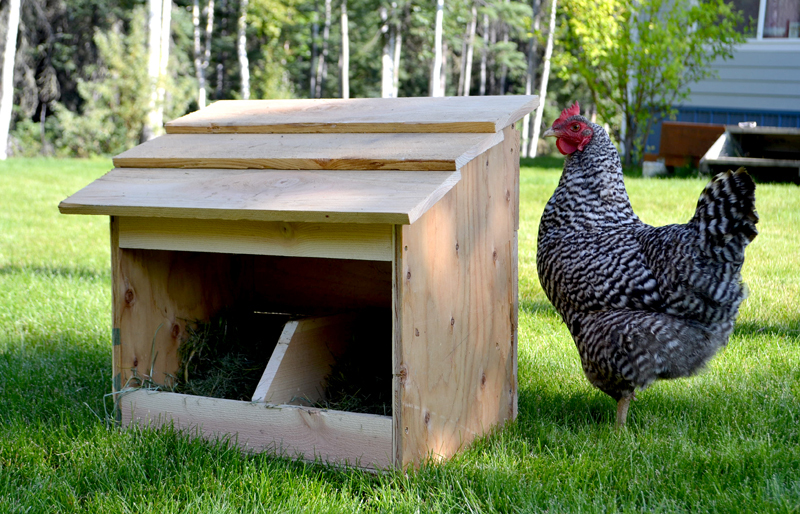For chicken enthusiasts and backyard farmers, recognizing the signs a hen is about to lay is an exciting and important skill. Observing these signs can help ensure your flock is healthy and productive. Understanding the subtle and not-so-subtle cues that indicate a hen is ready to lay can lead to a more rewarding poultry-keeping experience.

Physical Changes in a Hen
One of the first signs a hen is about to lay is noticeable changes in her physical appearance. These changes are often the easiest to spot and provide clear indicators that your hen is preparing to lay eggs.
Reddening of the Comb and Wattles
As a hen approaches laying age, youll notice her comb and wattles becoming larger and turning a vibrant red. This is due to increased blood flow and is a clear sign that she is reaching sexual maturity.
Increased Body Weight
Hens will often gain weight before they start laying. This is because their body is preparing to produce eggs, which requires additional energy and nutrients.
Behavioral Signs Indicating Egg Laying
Alongside physical changes, behavioral shifts can also signal that a hen is about to lay. These behaviors are driven by instinct and can be quite fascinating to observe.
Nesting Behavior
One of the most telling behavioral signs a hen is about to lay is her nesting behavior. You might find your hen spending more time in the nesting box, rearranging nesting materials or even making soft clucking sounds. For tips on creating the perfect nesting environment, visit Nesting Box Tips.
Squatting Behavior
Another behavior to watch for is squatting. When you approach a hen, she may squat or crouch down with her wings slightly spread. This behavior indicates she is ready to mate and, consequently, ready to lay eggs.
Environmental Factors
Environmental conditions can also influence when a hen starts laying. Ensuring optimal conditions can promote healthy and consistent egg production.
Lighting Conditions
Hens require adequate light to stimulate egg production. A minimum of 14-16 hours of light per day is optimal for laying hens. Adjusting light conditions in your coop can help maintain egg production throughout the year.
Nesting Box Setup
The setup of your nesting boxes can also influence laying. Ensure that your nesting boxes are clean, comfortable, and located in a quiet area of the coop. For more information on setting up nesting boxes, check out Small Nesting Box Setup.
Diet and Nutrition
A hens diet plays a crucial role in her ability to produce eggs. Proper nutrition ensures that hens have the energy and resources needed for consistent laying.
Calcium Intake
Calcium is essential for eggshell production. Ensure your hens have access to a diet rich in calcium, such as oyster shells or limestone.
High-Protein Feed
High-protein feed can boost a hens overall health and egg production. Look for feeds specifically formulated for laying hens to ensure they receive adequate nutrients.
Health and Well-being
The health of your hens is paramount for successful egg-laying. Regular health checks and a clean environment can prevent issues that might hinder egg production.
Parasite Control
Parasites can affect a hens health and reduce egg production. Regularly check your flock for signs of parasites and treat them promptly.
Stress Reduction
Stress can negatively impact a hens laying frequency. Keep the coop environment calm and minimize disturbances to ensure your hens feel safe and comfortable.
Common Concerns and Solutions
Even with optimal care, you might encounter issues with your hens laying patterns. Understanding common concerns can help you address them effectively.
Laying Slumps
Sometimes hens may experience a laying slump. This can be due to changes in season, diet, or stress. Identifying the cause and making appropriate adjustments can help restore normal laying patterns.
Egg Abnormalities
If you notice abnormalities in eggs, such as soft shells or odd shapes, it could indicate a dietary deficiency or health issue. Consulting with a veterinarian can provide guidance on addressing these concerns.
The Joy of Egg Collection
Collecting eggs is one of the most rewarding aspects of keeping hens. Understanding the signs a hen is about to lay enhances this experience by helping you anticipate and appreciate the process.
Daily Collection Tips
To ensure the freshest eggs, collect them daily. Inspect each egg for cracks or imperfections before storing them.
Storage and Handling
Proper storage is crucial to maintaining egg quality. Keep eggs in a cool, dry place and handle them gently to avoid damage.
For additional tips on maintaining a healthy flock and ensuring optimal egg production, visit this comprehensive guide on best nesting materials.
Conclusion
Recognizing the signs a hen is about to lay is a valuable skill for any chicken keeper. By understanding the physical, behavioral, and environmental indicators, you can support your hens in producing high-quality eggs consistently. With the right care, diet, and environment, your hens will thrive and provide you with a steady supply of fresh eggs.

FAQs
What age do hens start laying eggs?
Most hens start laying eggs between 18 and 24 weeks of age, depending on the breed and environmental conditions.
How can I encourage my hens to use nesting boxes?
Ensure that nesting boxes are clean, comfortable, and located in a quiet area. Providing fake eggs can also encourage hens to use the boxes. Learn more about encouraging nesting behavior at Natural Nesting Behavior.
Why might a hen stop laying eggs?
A hen might stop laying due to stress, illness, or changes in diet or environment. Identifying and addressing these issues can help restore egg production.
This article contains affiliate links. We may earn a commission at no extra cost to you.











